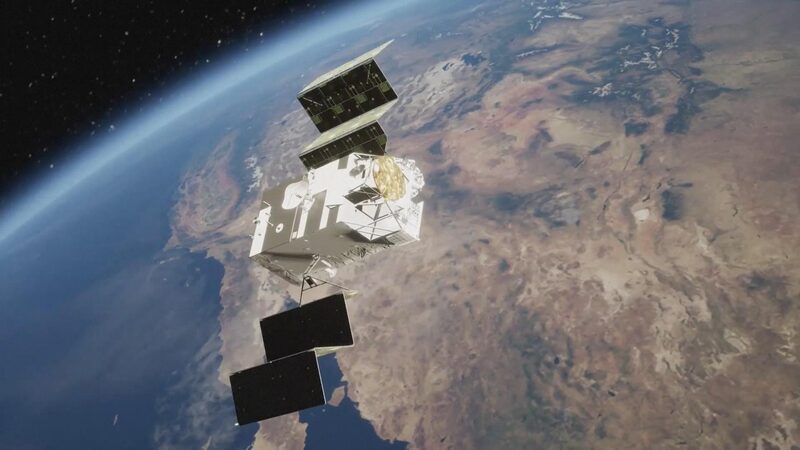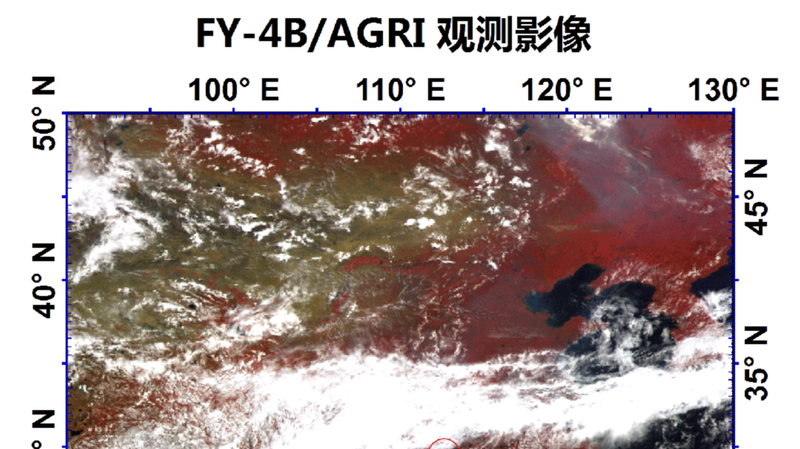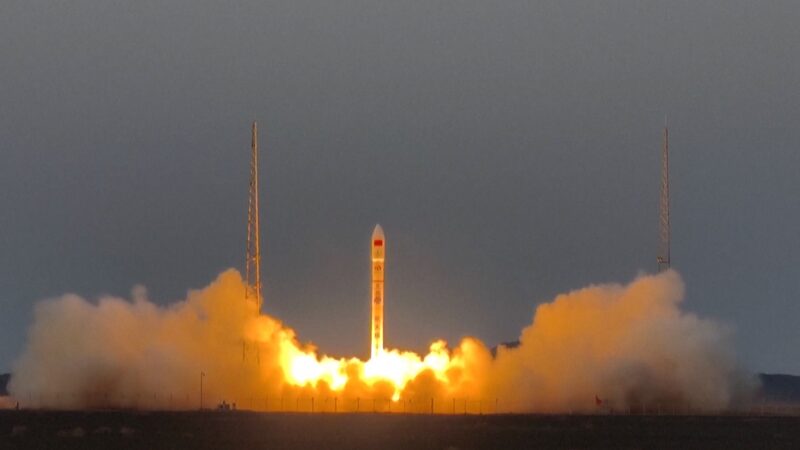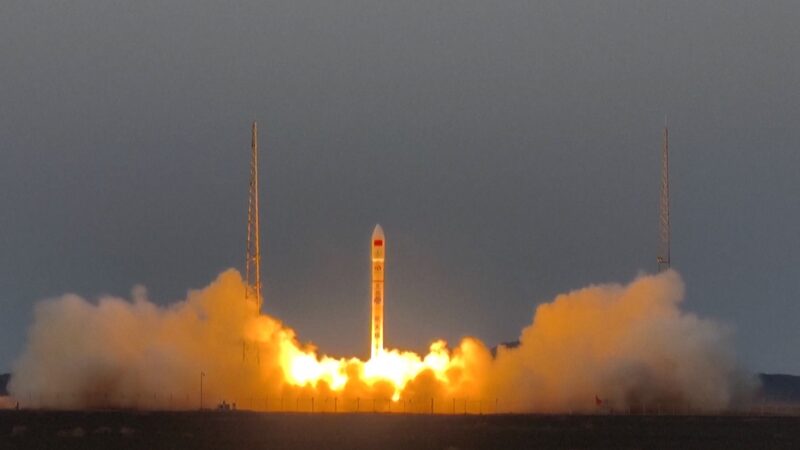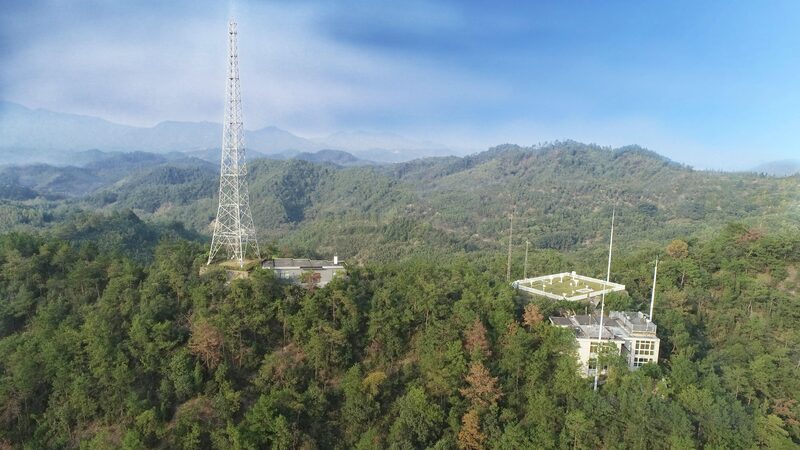China’s first precipitation measurement satellite in a low-inclination orbit, the Fengyun-3G (FY-3G), has officially commenced operation, marking a significant milestone in global meteorological observation. Announced by the China Meteorological Administration on Wednesday, the satellite is set to revolutionize the monitoring of precipitation and severe weather phenomena.
Launched on April 16, 2023, the FY-3G satellite specializes in precipitation climatology research and offers systematic monitoring of disastrous weather events. Equipped to provide three-dimensional structural information of precipitation across middle and low latitudes, it addresses a long-standing challenge in meteorological detection.
Chen Lin, deputy chief designer of the FY-3G ground system, highlighted the significance of this advancement. “The global observation of precipitation, especially the three-dimensional structure observation, has always been a difficult problem in meteorological detection,” Chen stated in an interview with China Media Group.
The successful operation of FY-3G positions China as the only country to simultaneously operate four civilian meteorological satellites in near-earth orbit, covering morning, noon, afternoon, and inclined orbital paths. This comprehensive network enhances global weather observation capabilities and contributes to international meteorological services.
During its six-month trial operation starting from October 23, 2023, the satellite-ground system demonstrated stable performance. All assessment indicators, including data reception, processing, product distribution, and archiving, met the required standards.
“Throughout the year, the FY-3G has not only provided strong and powerful support for weather service guarantees for China’s Universiade, Asian Games, and other events but also offered support for monitoring global disasters such as floods in Pakistan, heavy rainfall in Brazil, and the recent heavy rainfall in Yemen,” Chen added.
The Fengyun meteorological satellite family, independently developed by China since 1988, has seen the successful launch of 21 satellites across two generations and four types, with nine currently in orbit. Over the years, Fengyun satellites have reached an advanced international level, with some technologies leading the world.
The operationalization of FY-3G signifies a leap forward in China’s contributions to global meteorological science, promising enhanced weather forecasting and disaster mitigation efforts worldwide.
Reference(s):
China's first precipitation measurement satellite starts operation
cgtn.com
